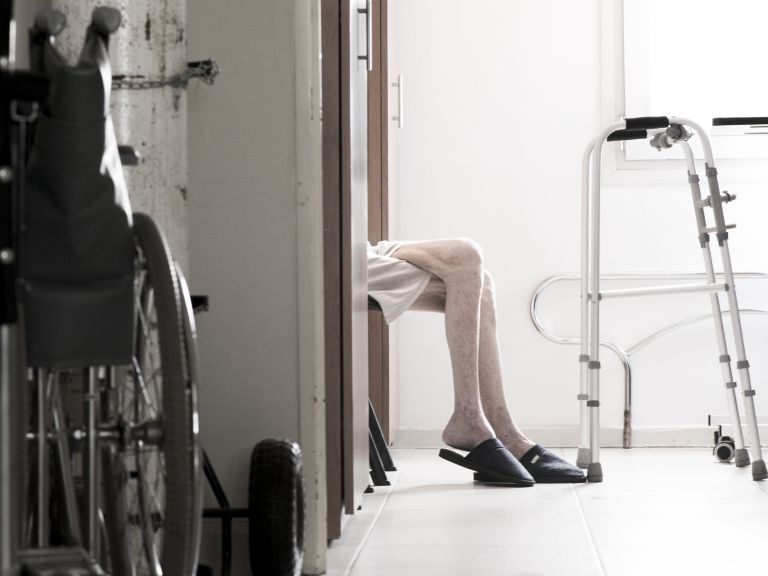Project Detail: Guests
Contest:
LuganoPhotoDays 2018
Brand:
LuganoPhotoDays
Author:
Ivan Deiana
Project Info
Guests
A permanent change. The unknown inevitably approaching. How can someone prepare to transcend human life? Is it possible?
All the guests of this house are prepared to live the most transcendent moment of their lives. They can do it however they want, there are no rules. Load the backpack so nothing is missing, unload it so they can feel light. In any case, the skin is useless, tanned and consumed by time. Is it the skin where death seeks shelter for its thoughts? Would it be, by any chance, the only place where we can give it a face?
Death watches peacefully, waiting for as long as necessary. It knows that the guests are here for a short period of time... he knows that we are all just passing through.
"We are not human beings living a spiritual experience, we are spiritual beings living a human experience." – Pierre Teilhead de Chardin
***
San Camilo Hospice is a house where the terminally ill will live their last days, carrying out the process known to them as “Life’s end".
Those who arrive are called Guests, there are no restrictions on money, age, sex or religion. The only requirement is to have an advanced disease, with no curative treatment and a short life expectancy (the average stay in this hospice is around 24 days).
Guests receive a treatment for pain, both physical and mental. Priority is given to people with fewer resources, homeless and without family. Nothing is received in exchange for their stay. Like other Hospices in Argentina, the San Camilo is an NGO that is supported thanks to donations and the unconditional work of volunteers (there are around 200 in San Camilo).
The Hospice movement was born in England in 1967 through Cecily Saunders, a nurse who realized that the dying needed a differentiated space from any hospital. A space of care and nursing where they can treat their physical and emotional pains when they no longer have a curative treatment. In Argentina and South America, it is still an almost unknown movement that very slowly grows.


















